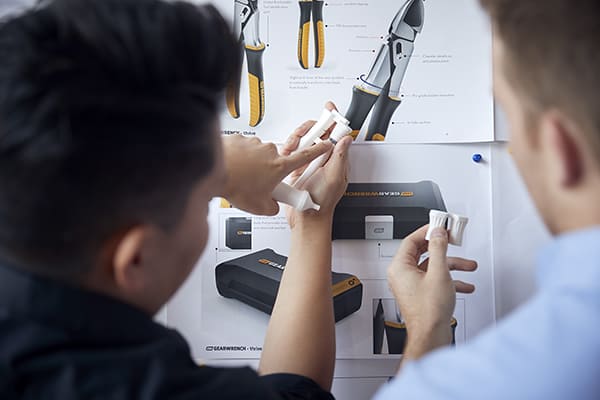How To Leverage User Memory Structures In Design: Part II
People have underlying beliefs and unconscious behaviors that have been ingrained over time, and impact how we perceive the world around us; ways of thinking and habits formed by a lifetime of experiences stored deep in our memories. In “How to Leverage User Memory Structures in Design” we talked about the power of memory structures — different networks of related types of experiences and information grouped and stored together within the brain — and the ways in which they can be used to create more appealing and impactful products and experiences. It’s all about aligning with your users’ existing memory structures and how they apply to the product or experience you’re designing.
But where to start? We’ve outlined 3 actionable steps to help guide this type of alignment when designing your next product.
1. Define your core brand pillars.
What does your brand stand for? What benefits do you want to deliver to users of your products? As a brand, it’s important to have a vision for what kind of experience you want to create for your consumers. Utilize that vision to establish core brand pillars that all products and solutions must live up to.
By having an outside perspective, THRIVE can provide a strategic lens, combining what we learn about your business with what we’ve learned about consumers from years of research, to help guide your team through a vision workshop, aimed at translating business goals into a consumer-focused vision.
2. Co-create your Visual Brand Language (VBL) with your consumers.
Once you have identified your core brand pillars, tap into the memory structures of your users to tease out specific visual attributes and features that they associate with what your brand stands for.
THRIVE has years of experience curating visual and physical stimulus catered to individual projects that can be used to bring core brand pillars to life in co-creation sessions with consumers.
3. Craft narratives around your consumers.
Using narratives to tell more comprehensive stories about your users can be a great way to brainstorm how potential consumers may perceive your products. Utilize stories to fill in the gaps about what previous experiences buyers may have had that could influence their decisions and behaviors today. Where did they grow up? What was the first product they purchased for themselves with their own money? What kind of car did they drive in high school or college? Have fun with it! Find specific moments that are critical to how they formed their memory structures and perspectives around products that achieve the same type of benefits as your product.
The THRIVE Research & Strategy practice can help lead you on a course to define your brand pillars, visual brand language and consumer-driven narratives aimed at providing a multitude of inspiration for your team to help you develop products that will resonate with your consumers.
Contact us today to talk about how our design research and brand strategy expertise can help you leverage memory structures to create more impactful products.






